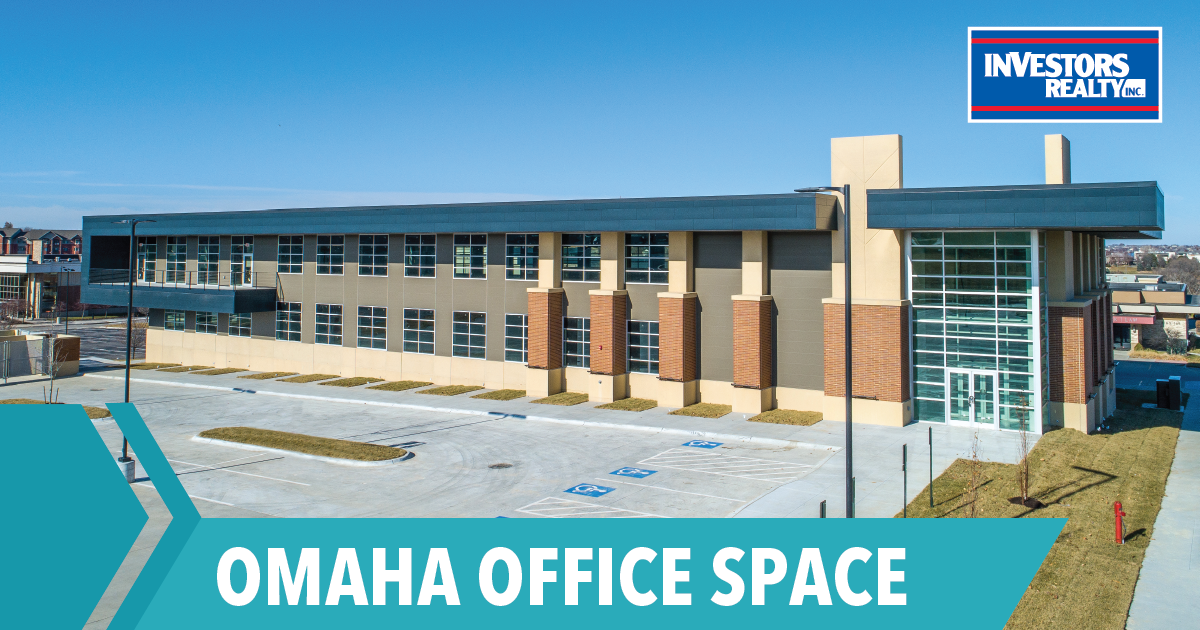
Omaha has numerous office developers active in our market. So keeping a watchful eye on the balance between office space supply and demand can be challenging at times. Speculative construction has been pretty limited but has generally been well-timed when it happens. Since the Great Recession, the majority of new office buildings constructed have had a tenant in place for at least 50% of the building. This approach has served the Omaha office market well as the balance of supply and demand has been reasonably balanced over the past few years. Our sense now, going into the second half of 2020 and through 2021, is that the balance will shift in the tenant’s favor due to the number of buildings and space currently available and coming available, and perhaps as a result of slowing demand as we recover from the COVID-19 slowdown.
In 2018, there were 17 buildings with greater than 25,000 square feet available for a total of just over 1,000,000 square feet. As of May 1, 2020, there are 30 buildings with greater than 25,000 square feet available for a total of 1,711,140 square feet. This accounts for a 70% increase in available office space. These figures only consider space which is currently on the market for lease. There are situations where tenants have signed a lease at another building but whose current space is not yet on the market. There are also instances where a tenant has downsized its workforce due to COVID-19, but has not put that space on the market. Both of these situations will likely increase the amount of available space.
The increase in available space is due to a combination of factors including tenants moving into newly constructed office buildings, speculative construction, businesses downsizing their footprints in Omaha, and/or tenants leaving the market. The increase in available space is concerning, as the Omaha office market typically absorbs 250,000 square feet per year. Businesses looking to relocate or expand look at several criteria when selecting new office facilities. Location, an office environment that attracts the best employees and price are top among the criteria. The increase in number of buildings and space available will create multiple suitable relocation options for tenants and drive competition among landlords, likely leading to more favorable lease terms for tenants.
This article appeared in our company newsletter in June of 2020. Please click here to download the entire newsletter.


